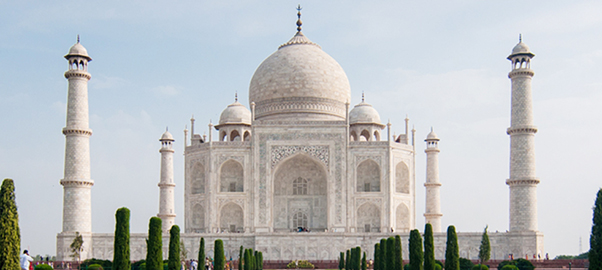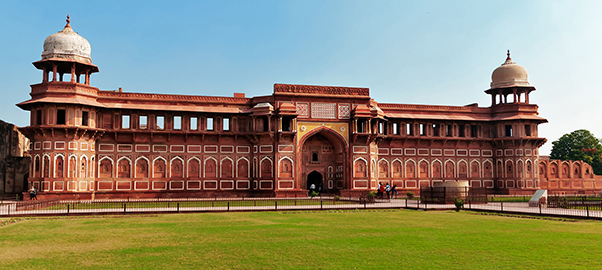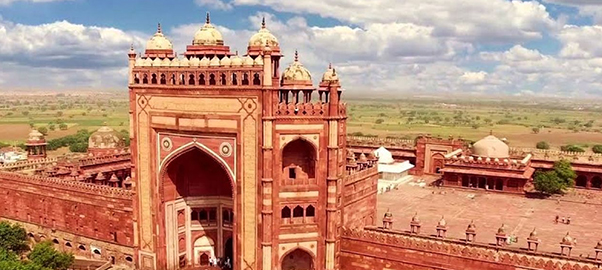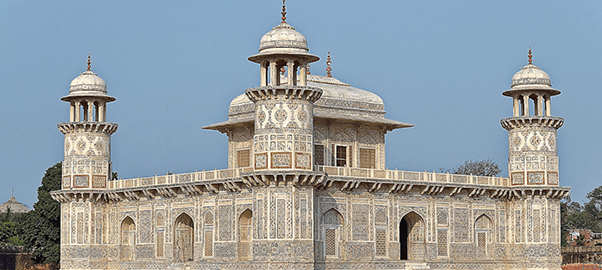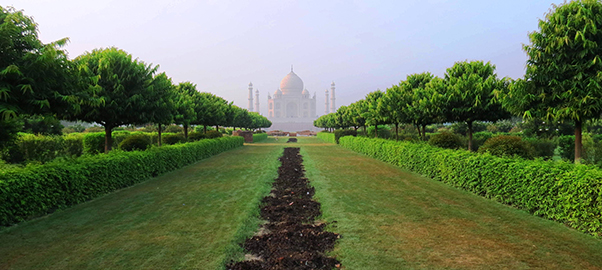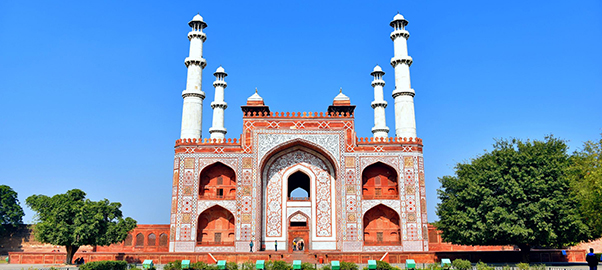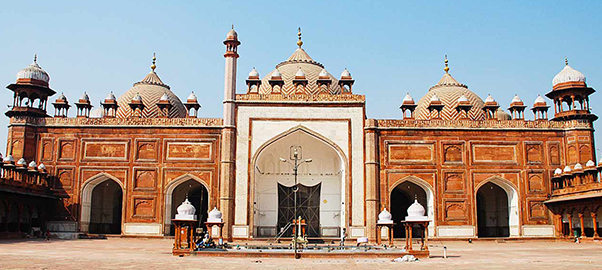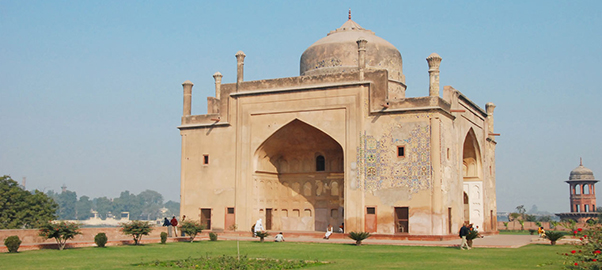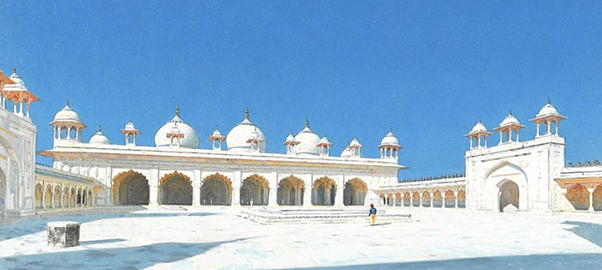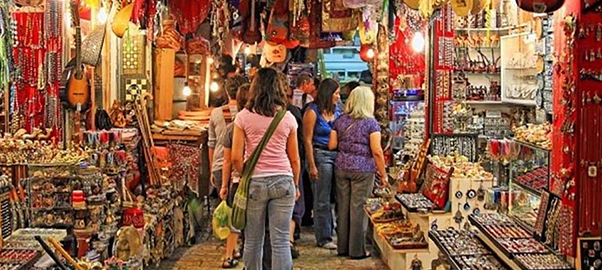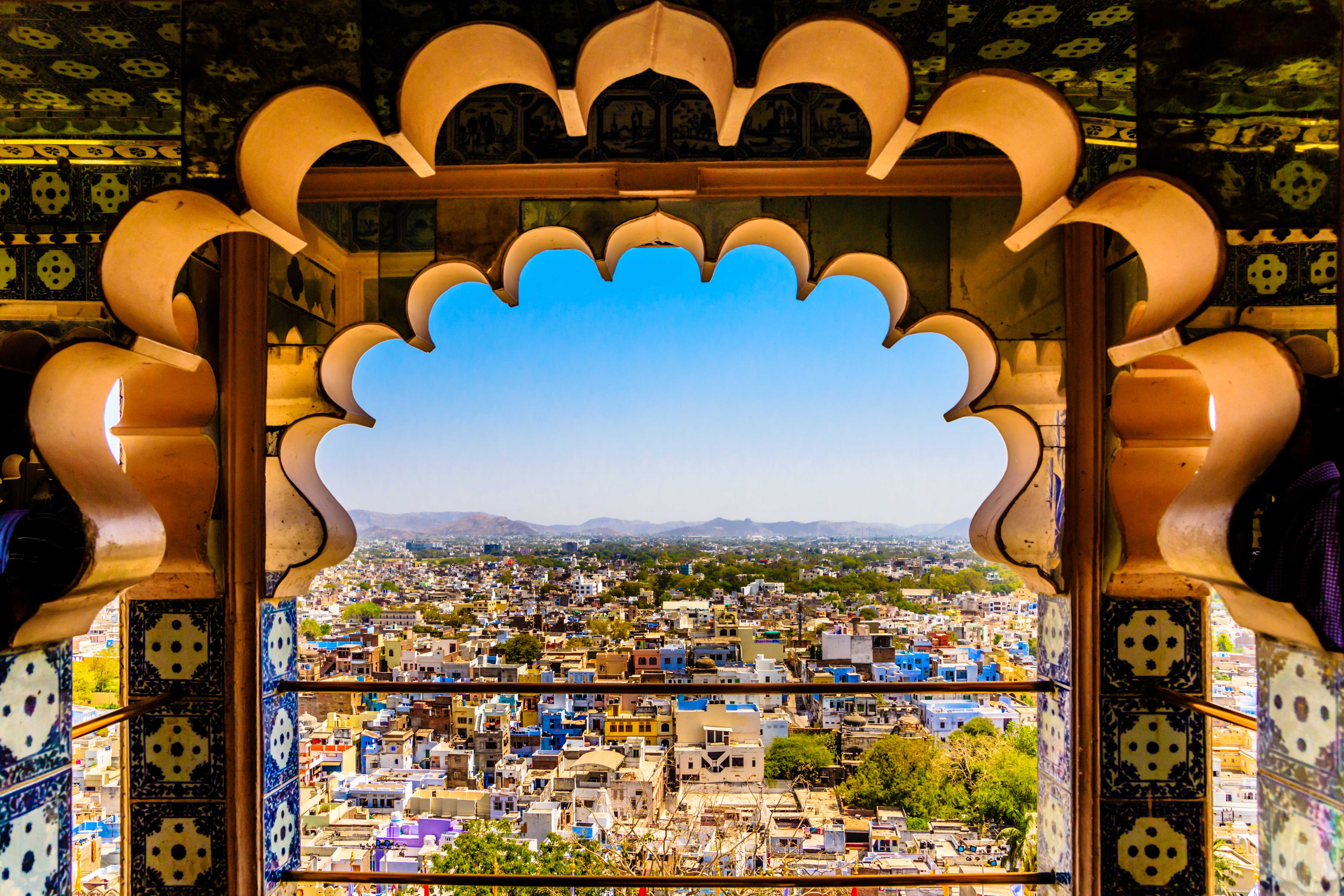A Word About the Founder of Agra
The Legacy of Sikandar Lodi The historical foundation of Agra is often attributed to Sultan Sikandar Lodi of the Lodi dynasty. He established Agra as a city in 1504 CE, transferring his capital from Delhi to this new, strategically located city on the banks of the Yamuna River. Sikandar Lodi's vision was to create a fortified city that could serve as a stronghold and administrative hub.
Under Sikandar Lodi's reign, Agra witnessed the construction of numerous mosques, administrative buildings, and fortifications. He fostered an environment conducive to cultural and economic growth, making Agra a thriving center for trade and culture. The city's layout and planning reflected the strategic and architectural foresight of the Lodi rulers, which would later influence the Mughal emperors.
Sikandar Lodi’s decision to establish Agra laid the groundwork for its transformation into a Mughal stronghold and, eventually, a city synonymous with some of the world's most celebrated monuments.
